
下载亿题库APP
联系电话:400-660-1360

下载亿题库APP
联系电话:400-660-1360

请谨慎保管和记忆你的密码,以免泄露和丢失

请谨慎保管和记忆你的密码,以免泄露和丢失

Food agency takes on industry over junk labels Felicity Lawrence Thursday December 28, 2006 The Guardian
1. Consumers are to be presented with two rival new year advertising campaigns as the Food Standards Agency goes public in its battle with the industry over the labelling of unhealthy foods.
2. The Guardian has learned that the FSA will launch a series of 10-second television adverts in January telling shoppers how to follow a red, amber and green traffic light labelling system on the front of food packs, which is designed to tackle Britain's obesity epidemic.
3. The campaign is a direct response to a concerted attempt by leading food manufacturers and retailers, including Kellogg's and Tesco, to derail the system. The industry fears that traffic lights would demonise entire categories of foods and could seriously damage the market for those that are fatty, salty or high in sugar.
4. The UK market for breakfast cereals is worth £1.27bn a year and the manufacturers fear it will be severely dented if red light labels are put on packaging drawing attention to the fact that the majority are high in salt and/or sugar.
5. The industry is planning a major marketing campaign for a competing labelling system which avoids colour-coding in favour of information about the percentage of "guideline daily amounts" (GDAs) of fat, salt and sugar contained in their products.
6. The battle for the nation's diet comes as new rules on television advertising come into force in January which will bar adverts for unhealthy foods from commercial breaks during programmes aimed at children. Sources at the TV regulators are braced for a legal challenge from the industry and have described the lobbying efforts to block any new ad ban or colour-coded labelling as "the most ferocious we've ever experienced".
7. Ofcom's chief executive, Ed Richards, said: "We are prepared to face up to any legal action from the industry, but we very much hope it will not be necessary." The FSA said it was expecting an onslaught from the industry in January. Senior FSA officials said the manufacturers' efforts to undermine its proposals on labelling could threaten the agency's credibility.
8. Terrence Collis, FSA director of communications, dismissed claims that the proposals were not based on science. "We have some of the most respected scientists in Europe, both within the FSA and in our independent advisory committees. It is unjustified and nonsensical to attack the FSA's scientific reputation and to try to undermine its credibility."
9. The FSA is understood to have briefed its ad agency, United, before Christmas, and will aim to air ads that are "non-confrontational, humorous and factual" as a counterweight to industry's efforts about the same time. The agency, however, will have a tiny fraction of the budget available to the industry.
10. Gavin Neath, chairman of Unilever UK and president of the Food and Drink Federation, has said that the industry has made enormous progress but could not accept red "stop" signs on its food.
11. Alastair Sykes, chief executive of Nestlé UK, said that under the FSA proposals all his company's confectionery and most of its cereals would score a red. "Are we saying people shouldn't eat confectionery? We're driven by consumers and what they want, and much of what we do has been to make our products healthier," he said.
12. Chris Wermann, director of communications at Kellogg's, said: "In principle we could never accept traffic light labelling."
14. But the FSA said it could not live with this GDA system alone because it was "not scientific" or easy for shoppers to understand at a glance.(626 words)
Questions 1-6 Answer the questions below using NO MORE THAN THREE WORDS from the passage for each answer. 1. When will instructions be given on reading the color-coded labels?
2. Where can customers find the red light labels?
3. What problem is the FSA trying to handle with the labeling system?
4. Which product sells well but may not be healthy?
5. What information, according to the manufacturers, can be labeled on products?
6. What can not be advertised during children‘s programmes?
Questions 7-13
Use the information in the text to match the people (listed A-E) with the opinions (listed 7-13) below. Write the appropriate letter (A-E) for questions 1-7. NB You may use any letter more than once.
A Ed Richard B Terrence Collishttp://www.Examw.com C Gavin Neath D Alastair Sykes E Chris Wermann
7. Generally we will not agree to use the red light labels.
8. It is unreasonable to doubt if FSA is trustworthy.
9. We are trying to meet our consumers‘ needs.
10. The food industry has been improving greatly.
11. The color-coded labeling system is scientific.
12. Our products will be labeled unhealthy by the FSA.
13. We are ready to confront the manufacturers.
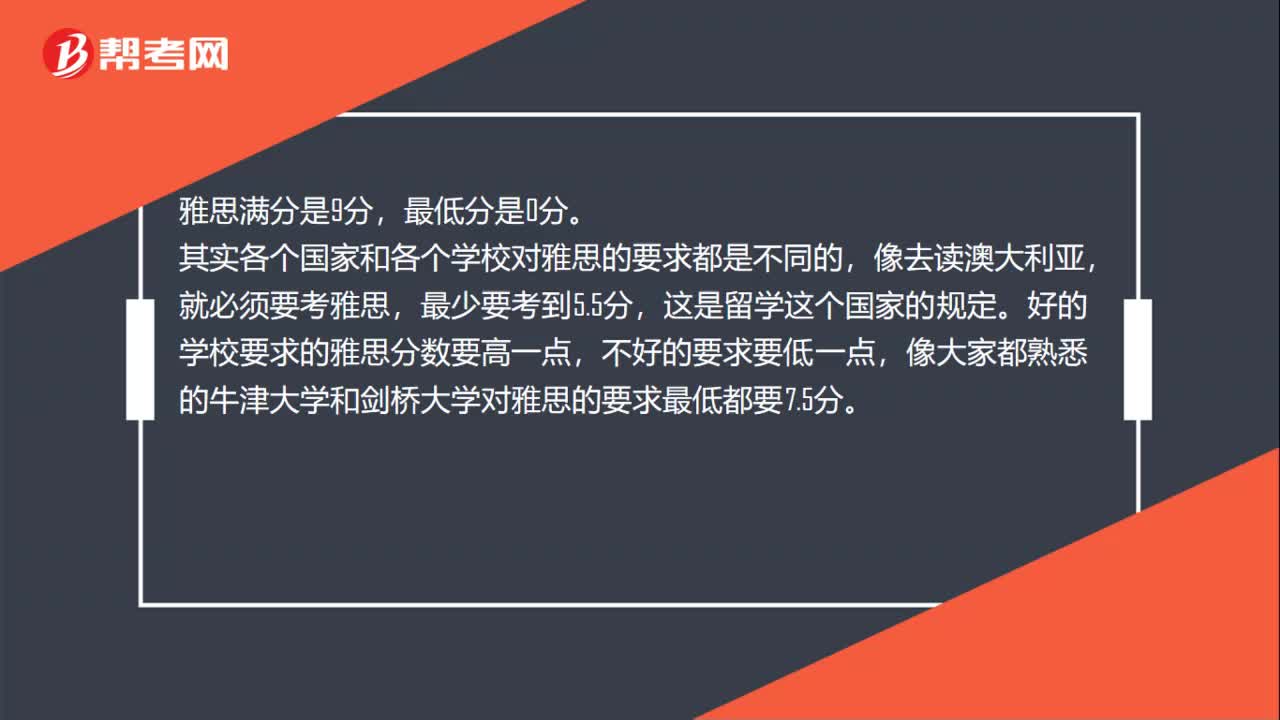 36
36雅思考试总分是多少?:雅思考试总分是多少?雅思满分是9分,最低分是0分。其实各个国家和各个学校对雅思的要求都是不同的,像去读澳大利亚,就必须要考雅思,最少要考到5.5分,这是留学这个国家的规定。好的学校要求的雅思分数要高一点,不好的要求要低一点,像大家都熟悉的牛津大学和剑桥大学对雅思的要求最低都要7.5分。
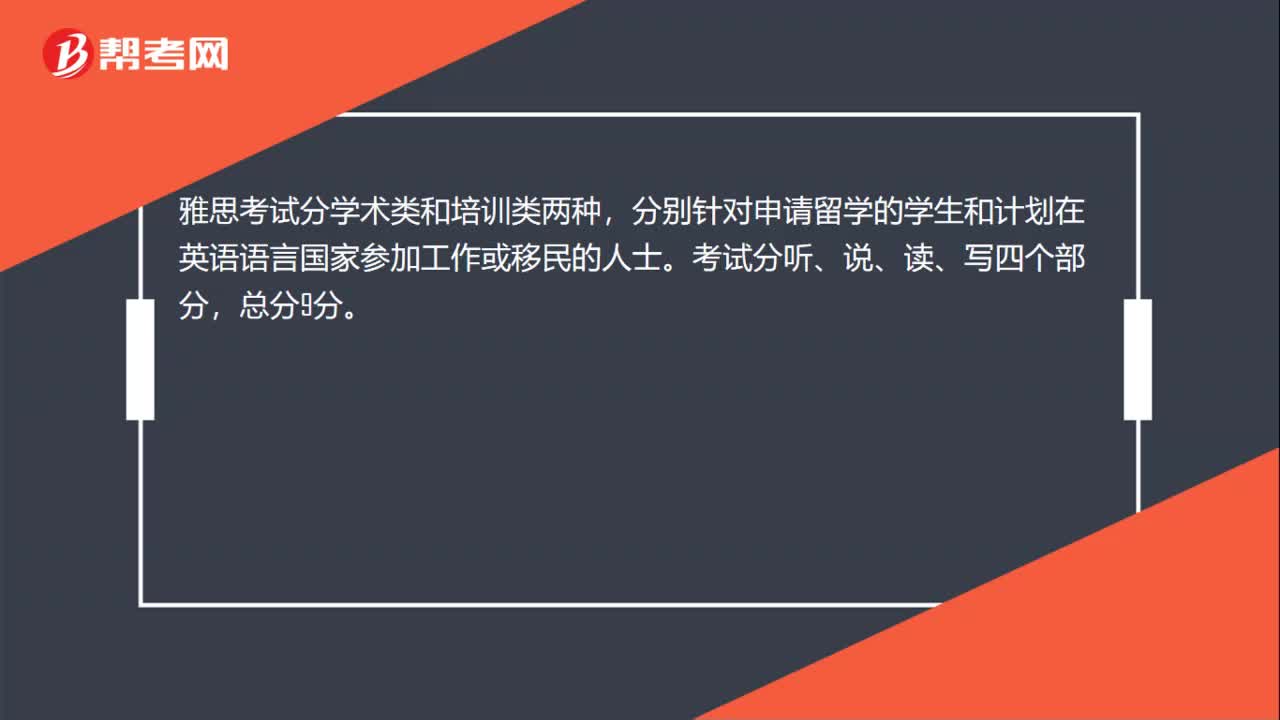 21
21雅思考试有几种类型?:雅思考试有几种类型?雅思考试分学术类和培训类两种,分别针对申请留学的学生和计划在英语语言国家参加工作或移民的人士。考试分听、说、读、写四个部分,总分9分。
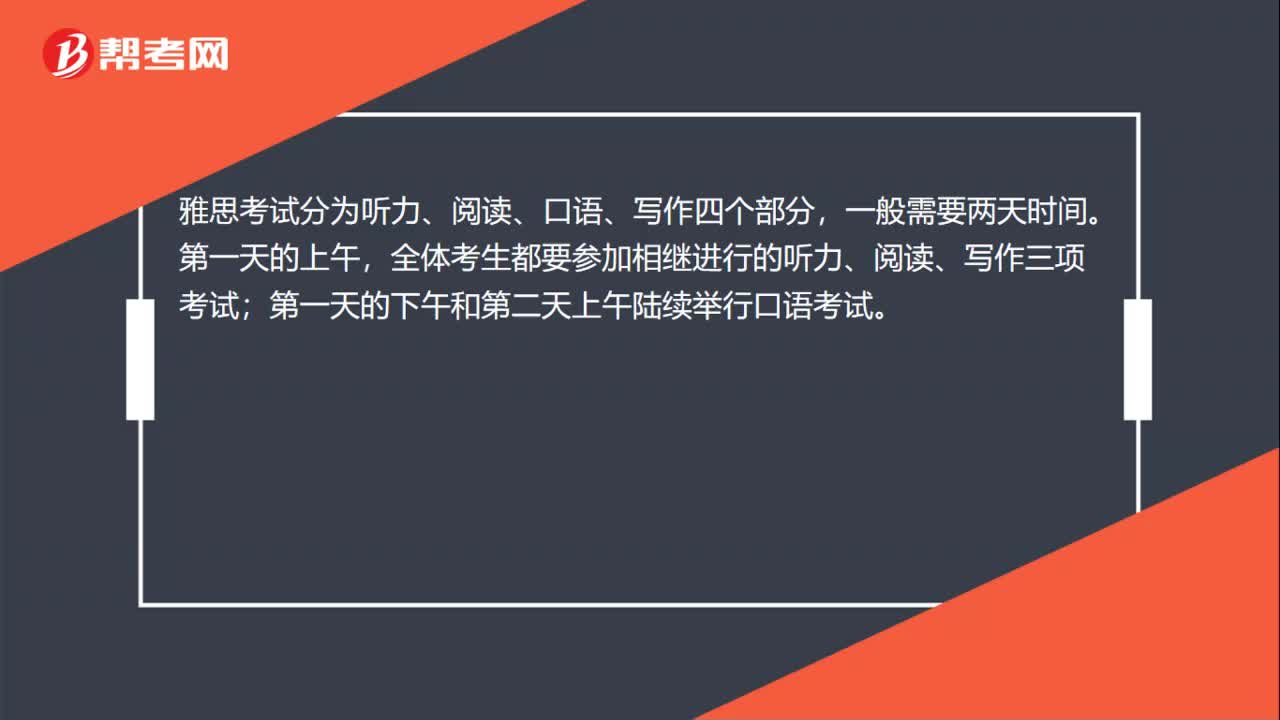 26
26雅思考试内容有哪些?:雅思考试内容有哪些?雅思考试分为听力、阅读、口语、写作四个部分,一般需要两天时间。第一天的上午,全体考生都要参加相继进行的听力、阅读、写作三项考试;第一天的下午和第二天上午陆续举行口语考试。
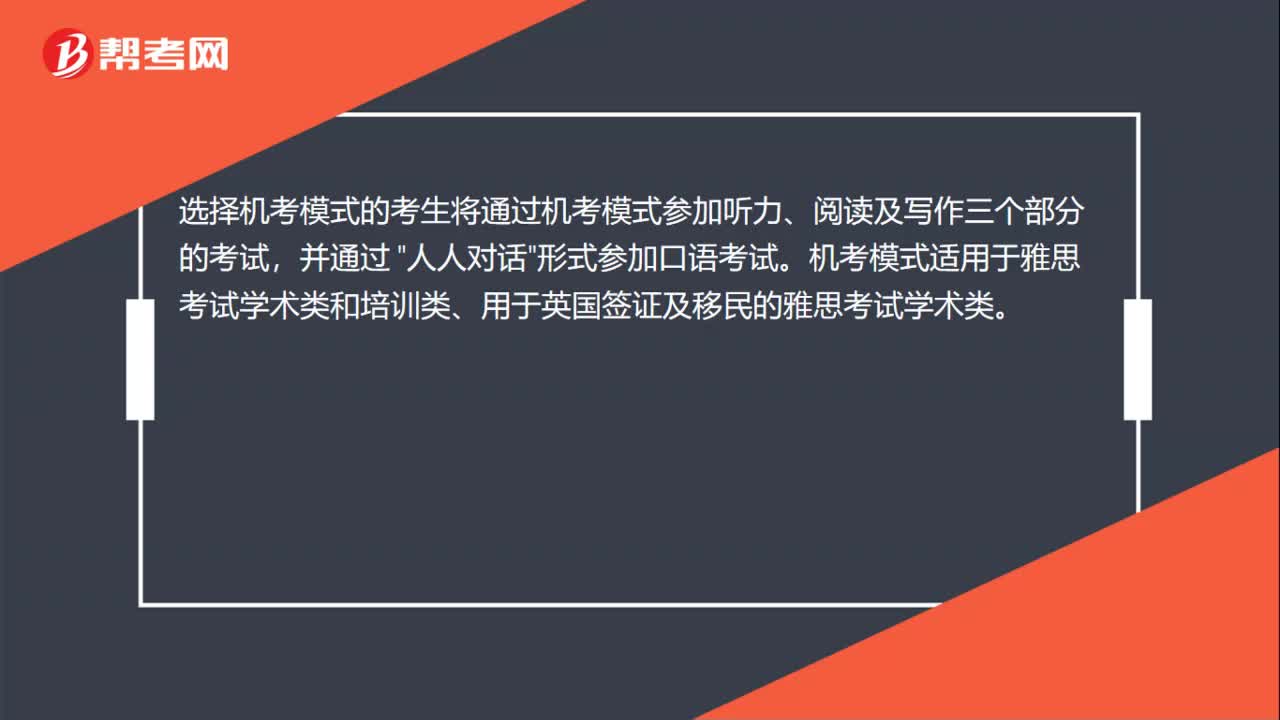 01:24
01:242020-06-01
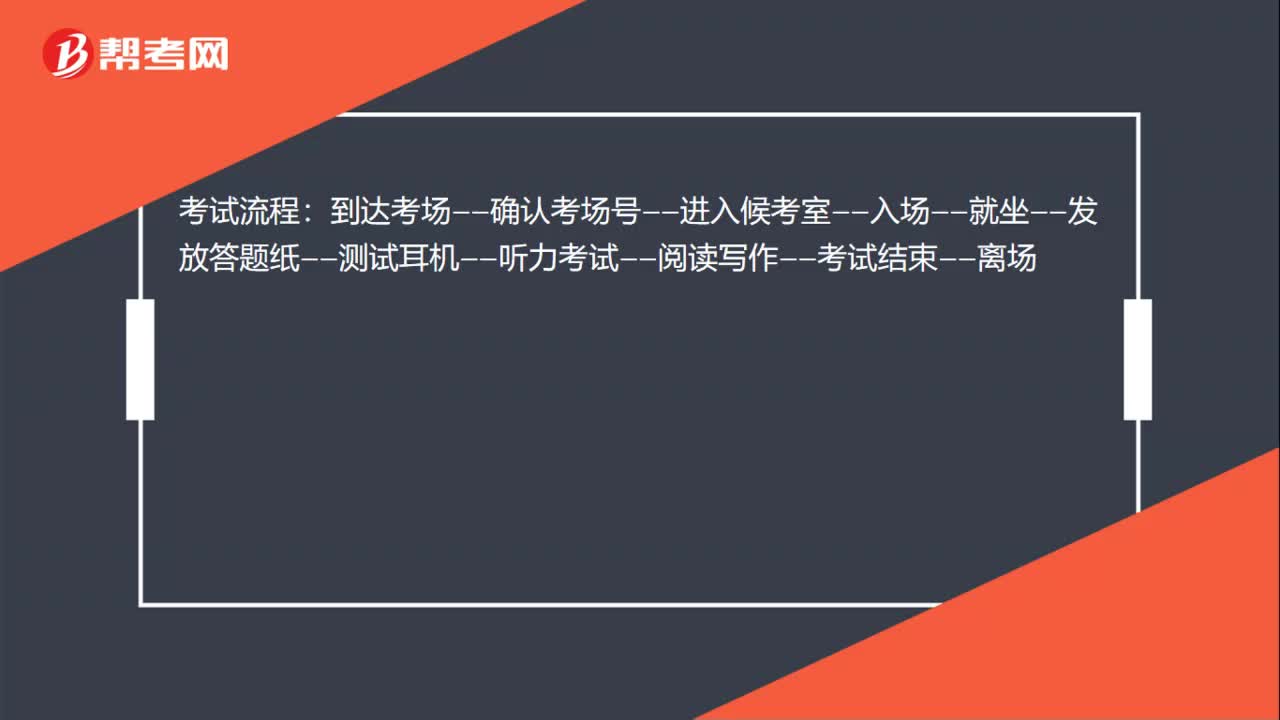 01:16
01:162020-06-01
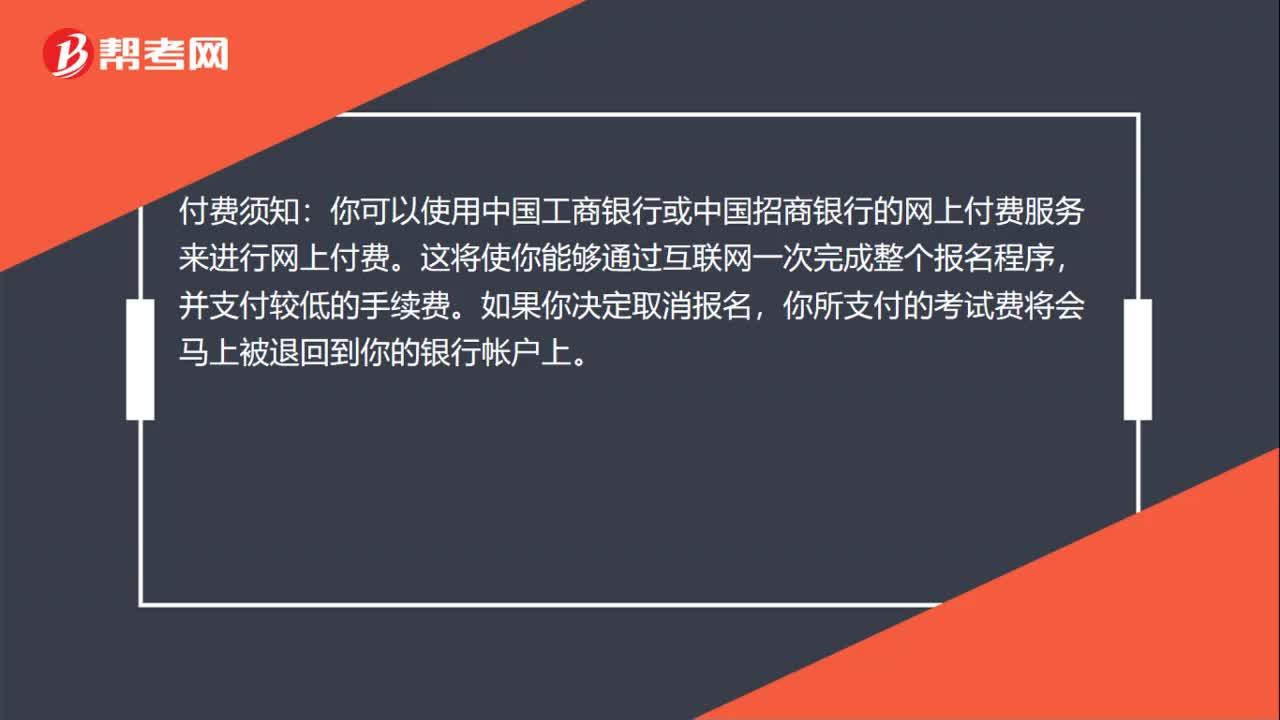 02:06
02:062020-06-01
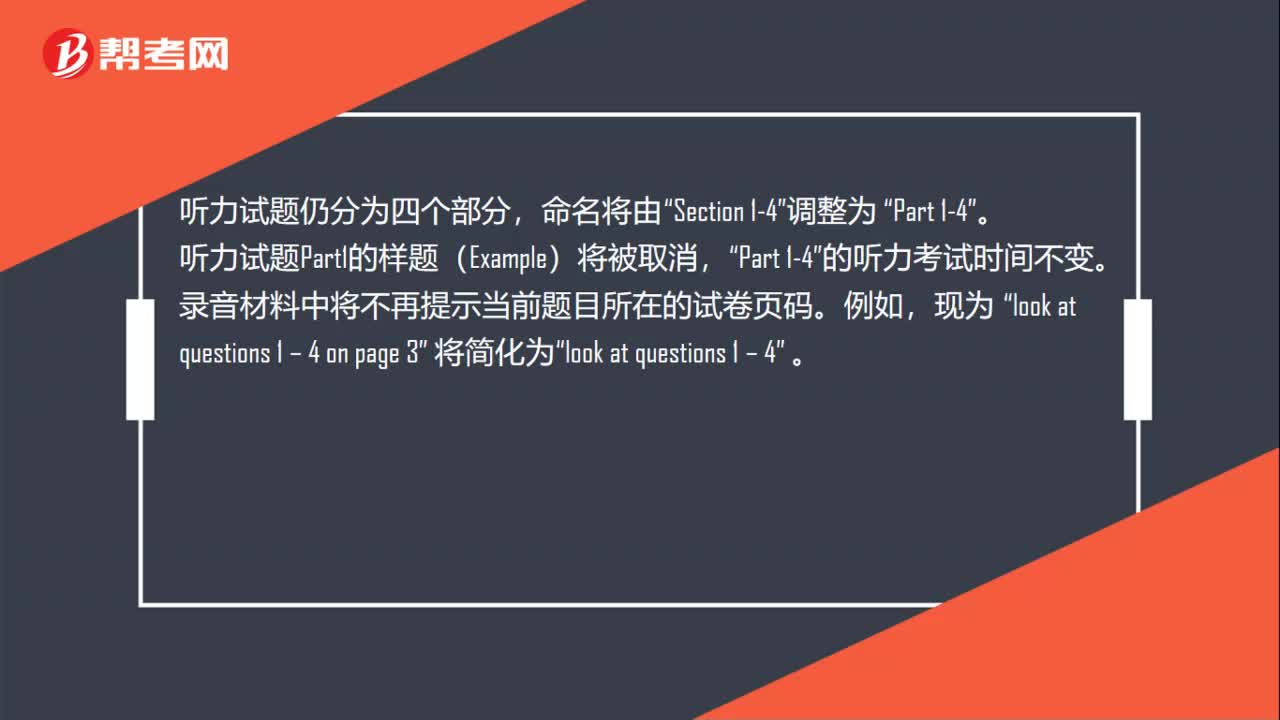 01:06
01:062020-06-01

微信扫码关注公众号
获取更多考试热门资料